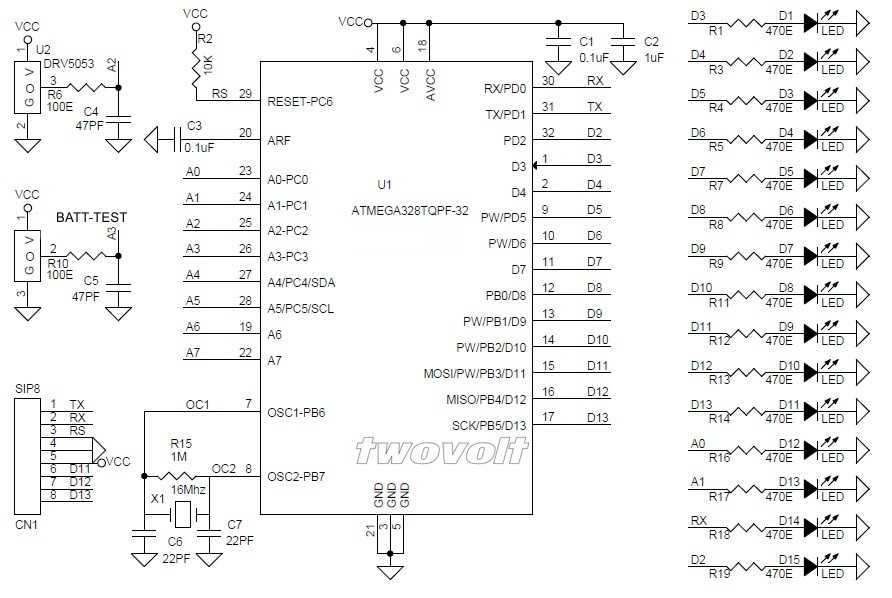
Should this be handled via the internal clock or with a light sensor? Or bee-motion-detection ? It seems the Wifi uses some power, so is there something like “wifi sleep” which wakes up when wifi remote access is detected? (not wake-on-lan but wake-on-wifi?)īonus: Since bees only fly at daytime I want the system to go deepsleep over night The market price of “regular” solar panels (200-300W, 34V, 7-9A) is only about 50 cent per watt, the “small” panels cost a lot more per watt.

How much overvoltage can it take, can I connect it to a 6V panel or is that too much already? Or any higher voltage panel with voltage stepdown? Can I connect it directly to a 5V solar panel (or maybe it needs 2 panels in parallel to get enough power). How much power (mA) does the ESP32+Cam need for running. Suppose I want a really simple setp which only starts if there is enough irradiation. The question is: Which hardware components do I need (or change) to run the setup on 5V ? Or is that issue related to the camera (ID= 0x26) I can confirm that I don’t have problems or stripes when running on 5V. Somewhere I read that this is related to the 3.3V operation and so I tested the setup powered with 5V. When I have the ESP32 Cam system running on 3.3V I see stripes in the picture/stream. This tutorial seems to have all I need BUT… Now I want to extend this so it works autonomous/remotely on battery + solar charging. I already go the basics working, I get a stream in my browser etc. The ESP32 seems to be a nice device an since I am a hobby bee keeper I would like to setup a little “bee spy cam” system with the ESP32 and the camerea module. I hope all is well in these strange “Corona times”… Replyįirst: A big “thank you” for your effort to share your projects and findings! I am not sure what the downside is to this choice, perhaps a slower response time since the divider will be much slower to change, but with a solar/battery ESP32 in sleep mode for most of its life, I don’t expect the voltage to change very quickly. The constant current flow through that divider is 10 only microamps. Larger R1 and R2 values mean less current flow, so the battery will last longer.

This also makes the divider simpler, since you want to half the input voltage of 4.2 to 2.1 R1 and R2 can be equal. A voltage divider which puts the ADC value near 2 volts is better since the ADC is more or less linear in this range. So a voltage divider that puts the fully charged battery voltage of 4.2 volts, at the 3.3 ADC value is not accurate at all. The ESP32 ADC is not anywhere close to linear at the top of its range. The NodeMCU 8266 does have a built-in divider on A0 only (the only ADC). The NodeMCU 32-S boards (as well as ESP32 chips) ADC pins do not have a built-in divider, and inputs can be up to 3.3V. Thank you for this project! Here are some things that I have learned: Thanks for posting, you do a great job for us amateurs and it is truly appreciated! Reply I need the hold up to be a day or two and it will go to sleep if on battery so this is probably a great approach for that Rui. on the other comments, there can be high current draws on the 32 but the averages are not so bad and a fraction of what the battery can be charged at, from a purist point of view it is probably wrong but practically this should work pretty much indefinitely unless there are other things involved in the design people have added.
.png)
I could be totally wrong on all of this of course, but think i have it right. A second diode could be added to reduce the impact of this but it may be fiddly as they would have to be where the 1n5189 is so possibly better to not do this. I think the charger board will just see it as a fully charged battery and shut down. There is a 1n5189 blocking diode on the USB which will protect that end but there will be a voltage across the battery as a result which will be at the higher end of the charge curve which is not ideal but not that important if the USB is not in regular use. I am pretty sure it uses an ME6211 LDO regulator or similar, so it should work fine it will operate well below 3.3 volts (2-6 in this case) so will be well within the spec of the battery and the ESP32 voltage. The following diagram shows how the circuit to power the ESP32 with solar panels works. You can use the preceding links or go directly to /tools to find all the parts for your projects at the best price!


 0 kommentar(er)
0 kommentar(er)
